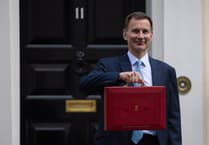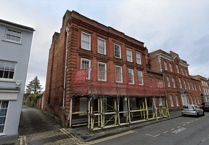Workers and jobseekers in Waverley are among the highest-qualified in the South East, new figures show.
The Resolution Foundation think tank said good qualifications are "an important driver of employability and pay growth" and called on policy makers to boost and broaden people's skill sets.
The latest Census figures from the Office for National Statistics show 63,110 people were eligible to work in Waverley in 2021.
Of them, 3,235 (5.1%) had no qualifications whatsoever.
Meanwhile, 6.4% had at least one GCSE or equivalent qualification, 11.2% had five or more GCSEs at A* to C to levels nine to four, 17.6% had two A-levels or equivalent, and 55.1% had a degree or higher education qualification.
Combining all these figures into a composite score means Waverley has among the most-qualified workforces in the South East.
The figures show regional disparity, with some local areas lagging well behind others.
Boston has the worst qualified workforce in England and Wales, where 19% of workers and jobseekers have no qualifications.
In contrast, just 3.7% of City of London work-eligible people have no qualifications, the highest in the country.
Meanwhile, St Albans and Cambridge are the only places outside of London in the top 10, and the Barking and Dagenham workforce – which is the lowest-ranked in the capital – has higher qualifications than 97 other areas across England and Wales.
Hannah Slaughter, senior economist at the Resolution Foundation, said: "Qualifications and training are an important driver of employability and pay growth. The stark qualifications divide uncovered by the census will have worsened already damaging pay and income gaps between places across Britain.
"Policy makers and firms need to do far more both boost and broaden people’s skills and qualifications. This investment will raise incomes, boost growth and help to 'level up' the country."
The types of jobs people worked also tracked closely with qualification differences.
Further Census figures show 15,528 (25.6%) of 60,722 workers in Waverley were in professional occupations.
Across England and Wales, 5.6 million people (22.2%) worked in a professional occupation.




